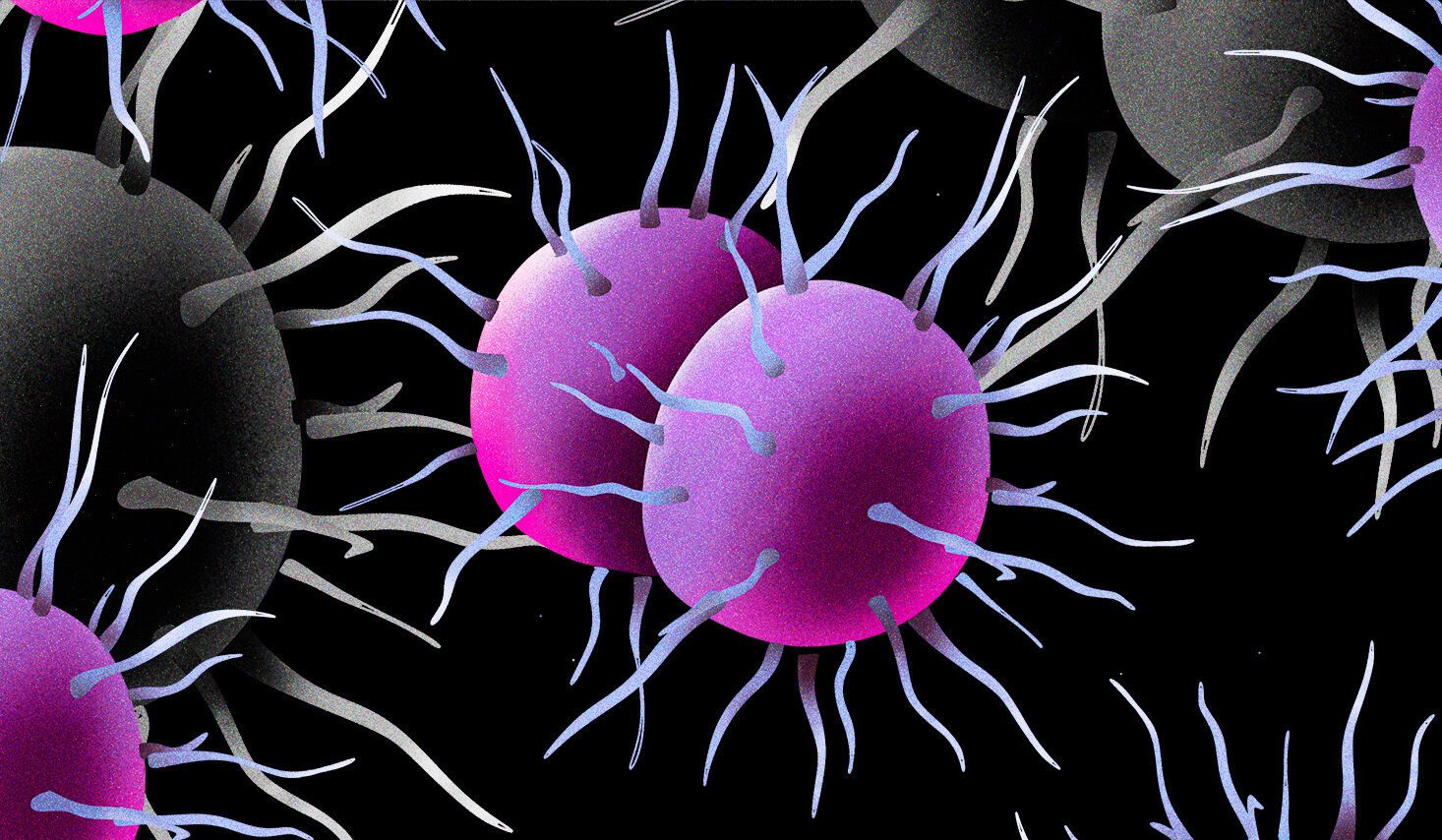
New cases of gonorrhoea are at record highs in England, with 82,592 infections identified in 2022 alone – the highest number of diagnoses in any single year since records began in 1918. To understand more about what gonorrhoea is, how clinicians test for it and what kind of treatments are available, GAY TIMES worked with Sam, a doctor at the Dean Street Express and 56 Dean Street sexual health clinics in London, to answer the most commonly asked questions he gets asked about it.
What is gonorrhoea?
Gonorrhoea is a sexually transmitted infection (STI) caused by bacteria known as Neisseria gonorrhoeae or gonococcus. The main sites of infection are the urethra (i.e. the urine pipe), the cervix, the rectum, the back of the throat and sometimes even the eyes. It’s the second most common bacterial STI in the UK after chlamydia, according to data from the NHS. There were 82,592 gonorrhoea cases in England alone last year, reflecting an increase of 50.3 per cent from the 54,961 diagnoses in 2021 – the highest number of diagnoses in any single year since records began in 1918.
What are the signs and symptoms of gonorrhoea?
As is the case with most STIs, you can catch gonorrhoea and show no symptoms, making it all the more important to routinely get tested. For those who are symptomatic, signs of infection can include:
- Discharge from the vagina, penis and/or rectum;
- Pain when going to the toilet and/or having sex;
- Pain and/or swelling of the testicles;
- Bleeding between periods in people who menstruate.
The majority of patients with a gonorrhoea infection in the throat won’t display any symptoms, though some have reported getting a sore throat.
@gaytimes Like syphilis, gonorrhoea is on the rise too. For #sexualhealth week, watch part 2 of our series with 56 Dean Street on the STI 🧫 #health #healthfacts #sti #gonorrhea #gonorrheaawareness #gonorrheatreatment ♬ In Love With You – BLVKSHP
How do you test for gonorrhoea?
If you are experiencing discharge, clinicians may be able to look under a microscope and see the gonorrhoea – making same day treatment a possibility. Alternatively, tests may be run on a urine sample or swabs from the vagina, rectum, throat or eyes to look for the STI.
It’s important to remember that after contracting gonorrhoea, it can take up to two weeks for a test to accurately show that you’re infected with it.
How do you treat gonorrhoea?
This depends on whether or not you have any allergies and if the strain of gonorrhoea is resistant to any antibiotics. Usually, clinicians will give you an antibiotic injection in the upper part of the buttock that is mixed with local anaesthetic to reduce any potential discomfort. Alternatively, treatment can include oral antibiotic tablets. If the gonorrhoea is resistant to any of this, you may need further treatment.
It can take up to one week for the infection to clear after treatment. For those who get gonorrhoea in the throat, health professionals advise that you get tested again three weeks after receiving treatment to ensure the infection has cleared, while those who catch it in any other site are asked to get tested two weeks later.
What happens if I don’t get my infection treated?
An untreated gonorrhoea infection can result in serious health complications. These include:
- Inflammation of the testicles;
- Bleeding from the rectum;
- Long-term pelvic/abdominal pain;
- Infertility.
In people with a uterus, the infection can spread here and cause pelvic inflammatory disease, which is a very serious condition.
To learn more about gonorrhoea, click here.



